Canon EOS 1000D / Rebel SX Review
Originally I wanted to buy the Sony DSLR A200 kit again because my budget's only around the £300 mark but unfortunately, it seems it's no longer in production and is superceded by the more expensive A230 kit.
Considering the jump in costs and how the specs on the new model are the same, I thought I'd go for something else that was within the same price range. This Canon EOS 1000D sounded good offering better noise control (less grainy photos) and had a bit of live view too so I went for the kit that included a image stablisation lens instead of the one that doesn't.
Packaging
- Carrying strap.
- Analogue video out cable.
- Disc with RAW processing and photo management software.
- Printed copy of the camera manual.
- E-copy of the software manual.
- Proprietary charger with 1070mAh battery.
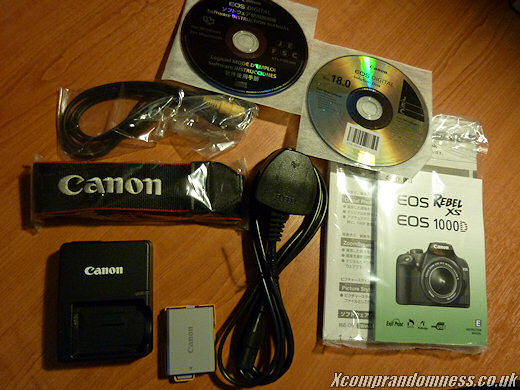
The kit lens came only with a dust cap as standard whereas the Sony A200 came with an hood to clip on too for preventing flare. Canon's not too generous in this area judging from reviews of their other DSLR kits.
Design and Build
Besides my budget, one other reason why I was going to stick to Sony DSLR cameras is because the image stabilising (IS) system is built into the camera itself - A feature in modern cameras that minimises "camera shake" and blur. This means if you reach the point where you want other lens, it will be cheaper because you don't have to pay for the IS too unlike on lenses for Canon and Nikon DSLRs. It can make quite a huge difference in price depending on the lens you go for later.
On the other hand, they're presumably more effective than having the IS feature built into the camera body itself.
The dial for selecting the different modes feel very solid as you cycle between them and you basically flick a power switch to turn the camera on. There's a button to hold down and then you can turn a dial on the front of the camera to adjust between aperture or exposure time when in manual mode.
What I missed from Sony's A200 was the light sensor just below the optical viewfinder. The LCD on the 1000D has to be turned off manually. Then there's also the "SuperShot" meter that showed how much camera shake was going on which was pretty handy.
The shutter button is located just tilting forward at the front of the hand grip which took some getting used to.
Performance
I read from other reviews that this camera tends to over-expose shots in auto mode and indeed still does with the current firmware (1.0.5) when shooting in high contrast situations e.g. in cloudy days where the sky is bright and structures are dimly lit.
Just like the compact SX200, the camera seems to enjoy shooting in ISO 800 mode although in this case, the over-exposure is much more apparent - I think Canon got a just a little too proud of their quality noise control. To resolve this, you'll want to shoot in one of the semi-manual modes where you can adjust the exposure by -2EV or so.
The other point I can confirm is that it doesn't do a very good job of auto white balance either. Usually you'll have to set it manually or the colours may come out a bit odd.
Of course if you're shooting in RAW, you can re-adjust the values easily but the camera should manage itself really.
When focusing, the built-in flash light acts as the AF beam instead of the red beam that other cameras use. As you can imagine, it can catch quite a bit of attention compared to the finer red beam and in places where flash lights are forbidden, you won't be able to use it at all.
Other than that, the shots taken with the kit lens look very sharp with great colours compared to what Sony's A200 kit produced. Noise control is spectacular as expected it seems from all the other reviews I read. Knocking up to ISO 1600 the noise is barely noticable whereas with the A200 kit lens, you could already see quite a bit in ISO 400 shots.
Live view is also available but is disabled by default. You have to dig fairly deep into the menus before you can use it. It works quite well but is a bit slow at updating. Unfortunately, you can only use it while in manual or semi-manual mode which is kind of disappointing if you plan to let other people are used to compacts shoot with it. It also doesn't let you focus while in use until you return to using the optical view finder.
In fact, a lot of menu options are hidden until you delve into the customise menu option where you'll find a wealth of other features such as noise control level.
There are six levels of JPEG photo quality which is good and of course, you can choose to shoot in RAW or RAW + JPEG too. You can even adjust settings such as saturation and sharpness that the camera uses when post-processing JPEGs.
If you mainly shoot quality action shots then, the 1000D's small buffer but be a bit lacking as it only manages 1.5fps when shooting in RAW and stops after 3 shots. However, if you don't mind a little comprisation in picture quality using JPEGs, it can manage 3fps and shoot for as long as you hold the shutter button down.
Battery life is excellent. Despite having a battery about two thirds of the size of the Sony A200, it managed to produce over 1500 shots in RAW and JPEG without flash which is almost three times more! This means it'll fill up an 8GB card more than twice (in RAW + JPEG) before it won't let you take any more pictures.
Summary
If you usually use full manual or semi-manual mode then I think the Canon EOS 1000D is pretty good value for money as an entry level DSLR now that the price has fallen but, be aware of the extra costs in IS enabled lenses. However, if you don't have time to compose your shots and have to rely on auto to capture those precious moments, you might want to go for something else unless you like bright, over-exposed photos.
Good
- Sharp photos even at 100% crop.
- Excellent noise control even beyond ISO 400.
- A bit of Live view.
- Excellent battery life at over 1500 shots without flash!
- Takes the more common SD cards.
Bad
- Some fairly badly over-exposed photos when using auto mode.
- Lens kit doesn't come with a lens hood as usual with Canon lenses.
- Live view only available in semi-manual and full manual modes.
- Built-in flash light is used for AF assist.

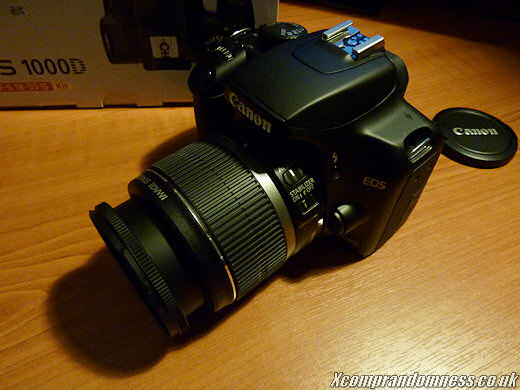






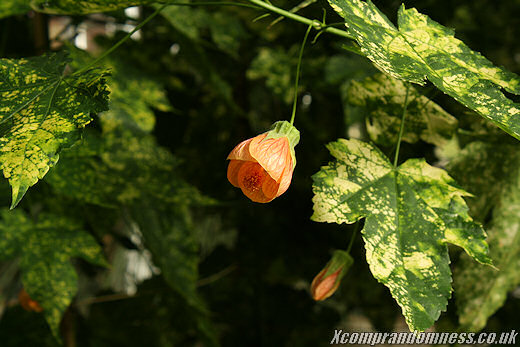

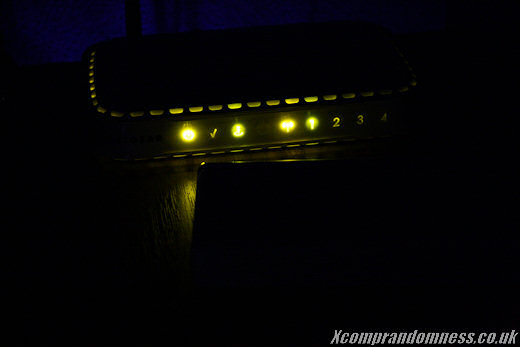
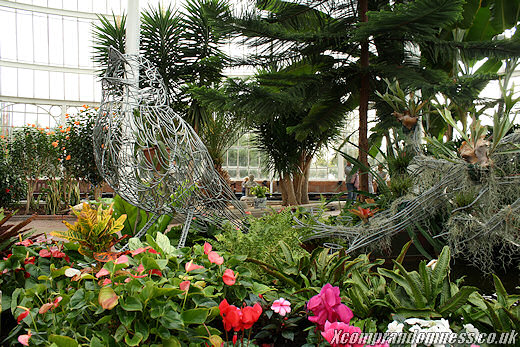
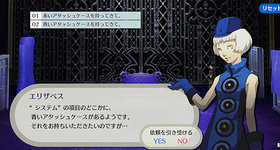
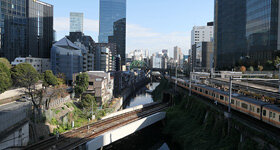

Shaunak
Xcomp Author
Maku tama
I'm envious :p
Anyways
Great review ^^
I like Canon cameras battery
I don't have to worry that much when snapping some random stuffs
Mine is the good old 350D ^^;;
Guess it is not in the market anymore ;;
Some of my friends also use 1000D
Great camera with great price ^^